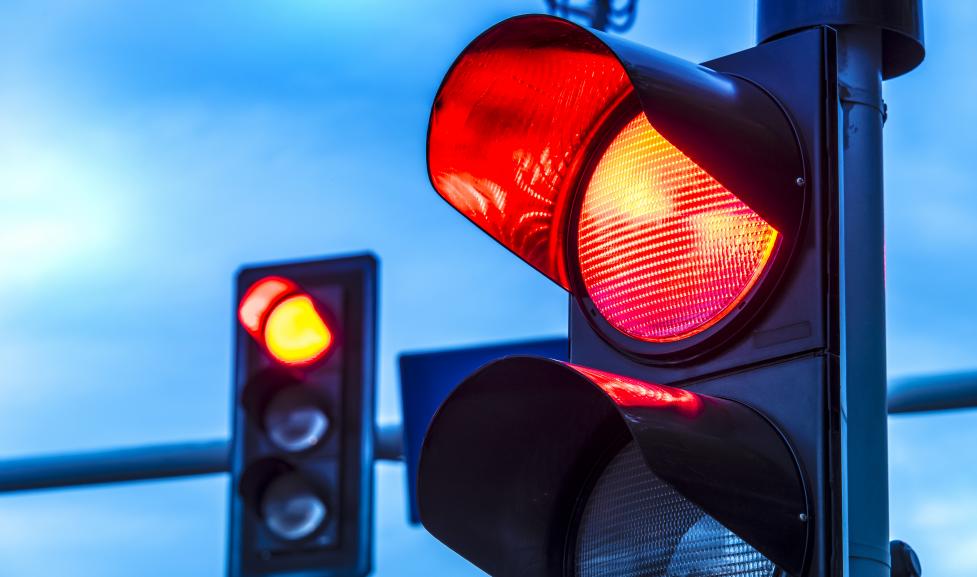The city uses photo enforcement devices including photo radar and red-light cameras to improve traffic safety, prevent crashes and save lives.
If either device takes a photo, a notice is mailed to the registered owner of the vehicle.
Photo enforcement is only used on public streets and photographs are only taken if drivers are violating traffic laws. Both systems are in plain view, either indicated with advance signage, in a marked City of Boulder vehicle parked by the side of the road or in an enclosure mounted on a pole.
*This map does not include all neighborhood streets where automated speed enforcement is enforceable. It shows Automated Vehicle Identification System (AVIS) corridors as defined by state law and a local resolution.
